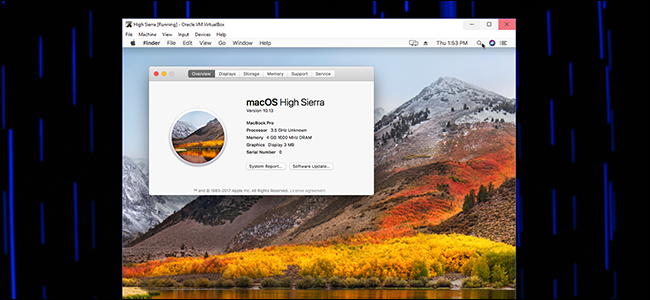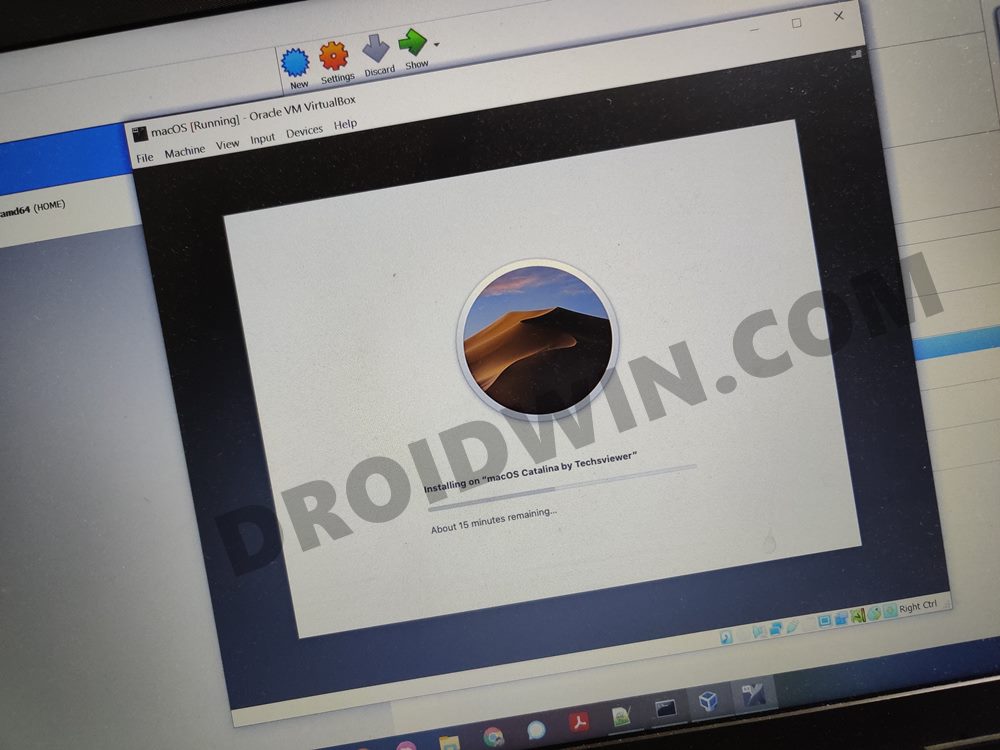

Choose the Create a virtual hard disk now radio dial.The more memory you allocate for your virtual operating system, the speedier it will be. Use the suggested minimum or select another number up to your maximum. Choose Linux as the type of installation.Add a name for your virtual copy of Linux.These steps assume VirtualBox has already been installed on your machine:
#GET MAC OS FOR VIRTUALBOX FROM WINDOWS INSTALL#
To install a virtual copy of Linux on your Mac using the open-source VirtualBox, do the following. You can now use Ubuntu Linux on your Mac using Parallels. Restart your virtual machine at the prompt.


The latter is open-source and free, but more difficult to install. The former offers an easier-to-install solution, but you must pay for it after a 14-day free trial. In doing so, these virtual machines can take advantage of the hardware components on a computer such as RAM and storage in complete isolation to the primary operating system.įor those wanting to install Linux on their Mac through virtualization, we recommend using the latest version of Parallels or open-source VirtualBox. What is virtualization?Īs I noted in a previous post, software virtualization allows you to simulate a hardware environment and run multiple operating systems on one computer.
#GET MAC OS FOR VIRTUALBOX FROM WINDOWS HOW TO#
Here's a look at how to install and use Linux using each option. For the latter, we recommend using the latest version of Parallels or open-source VirtualBox. With virtualization, you can install and use various operating systems on your Mac, including Windows and Linux.


 0 kommentar(er)
0 kommentar(er)
